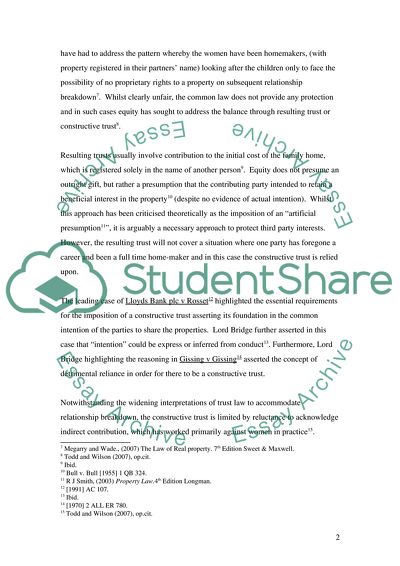Cite this document
(The Principle Distinction Between the Two Types of Trusts According to Essay - 1, n.d.)
The Principle Distinction Between the Two Types of Trusts According to Essay - 1. Retrieved from https://studentshare.org/law/1720436-equity-and-trusts
The Principle Distinction Between the Two Types of Trusts According to Essay - 1. Retrieved from https://studentshare.org/law/1720436-equity-and-trusts
(The Principle Distinction Between the Two Types of Trusts According to Essay - 1)
The Principle Distinction Between the Two Types of Trusts According to Essay - 1. https://studentshare.org/law/1720436-equity-and-trusts.
The Principle Distinction Between the Two Types of Trusts According to Essay - 1. https://studentshare.org/law/1720436-equity-and-trusts.
“The Principle Distinction Between the Two Types of Trusts According to Essay - 1”, n.d. https://studentshare.org/law/1720436-equity-and-trusts.


